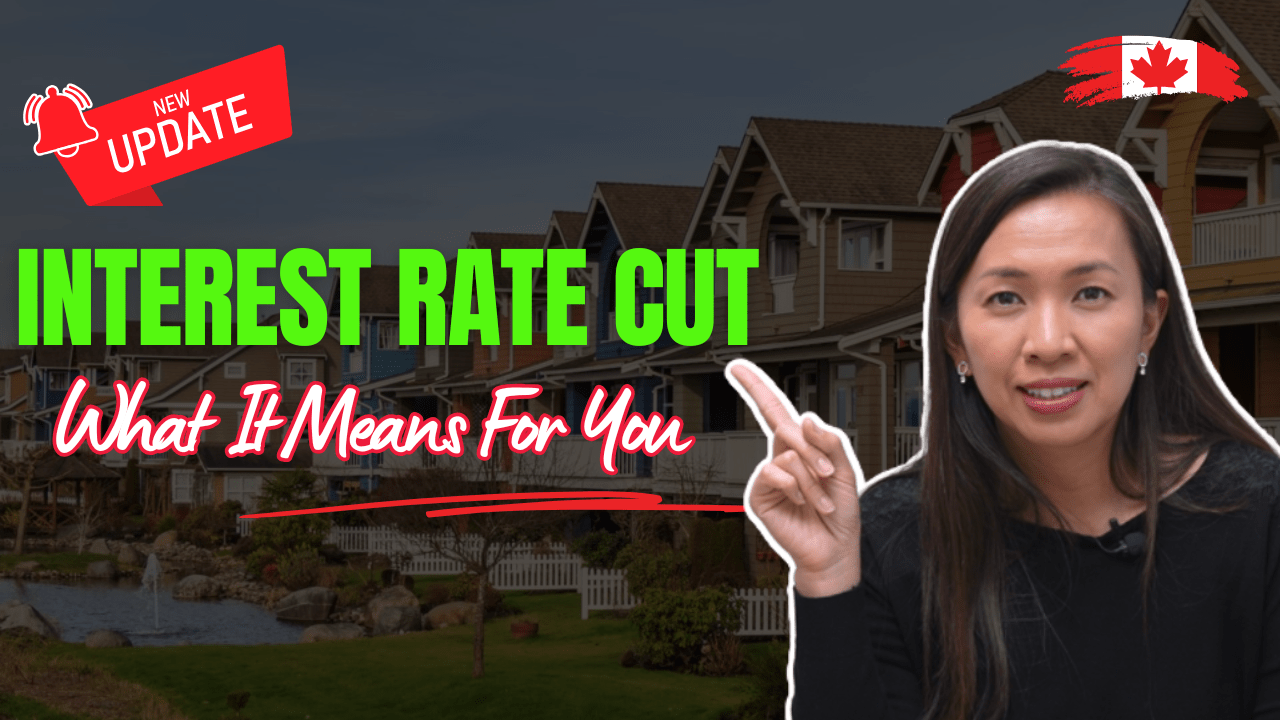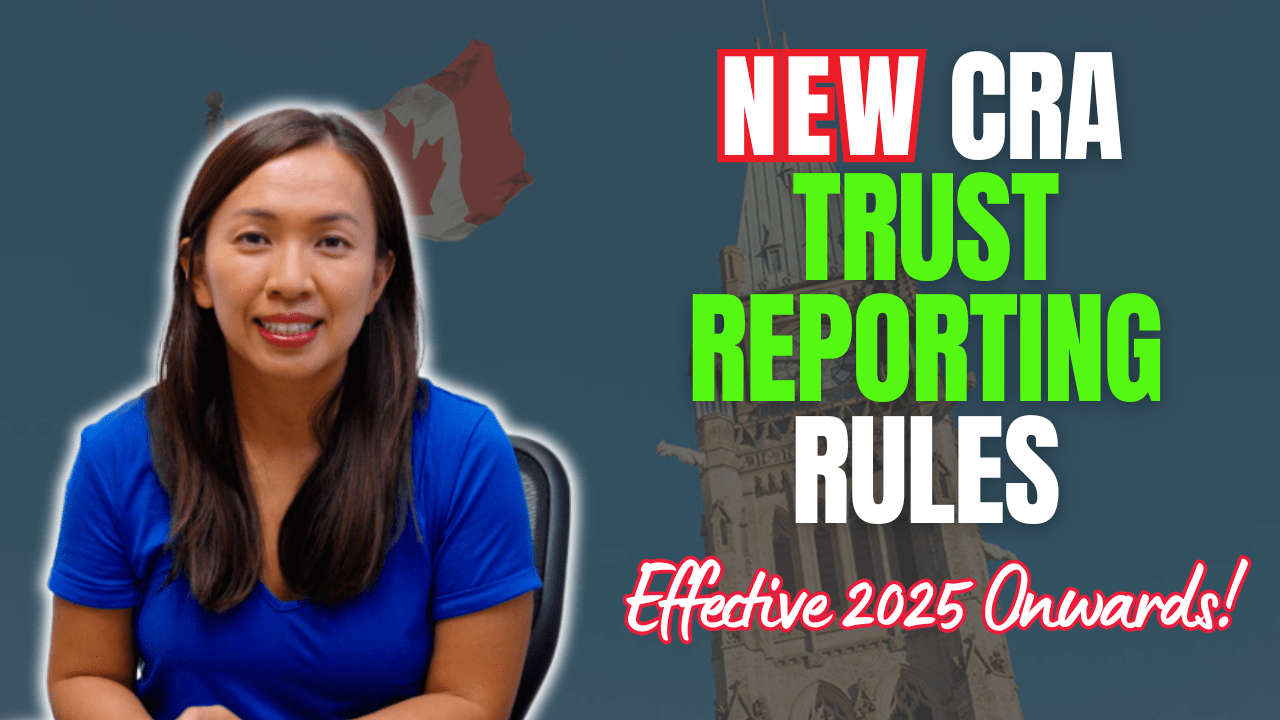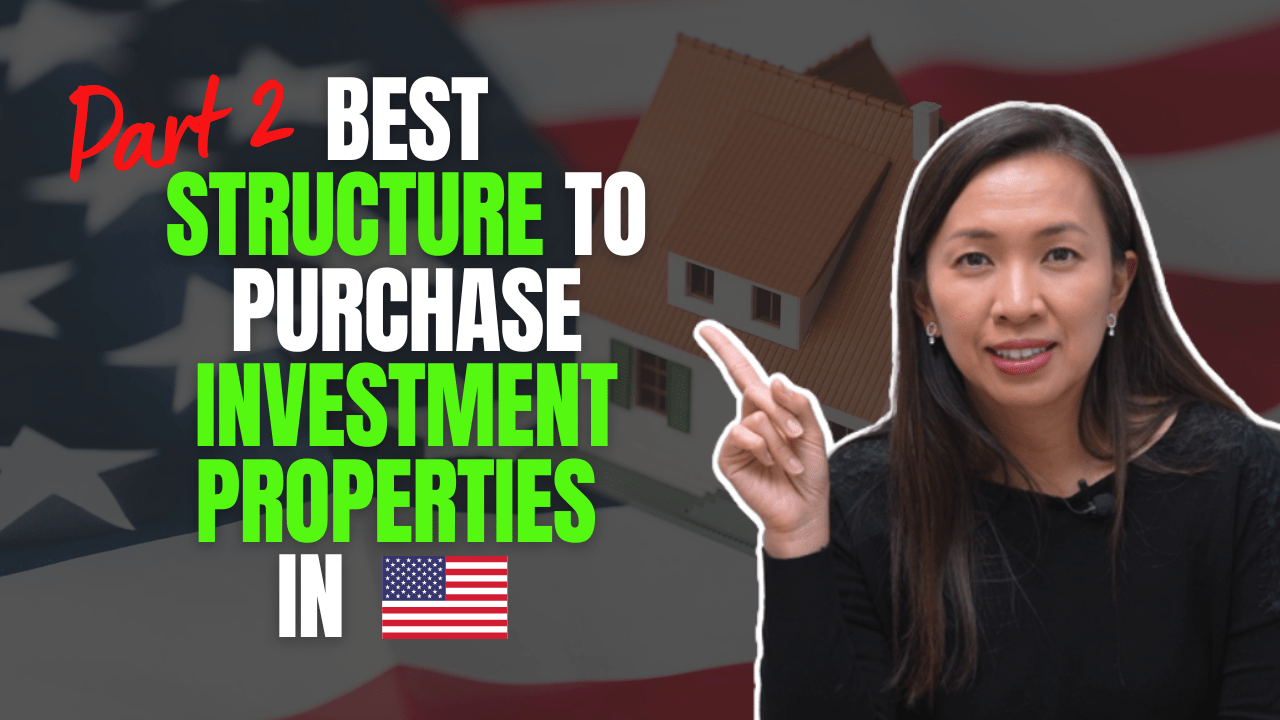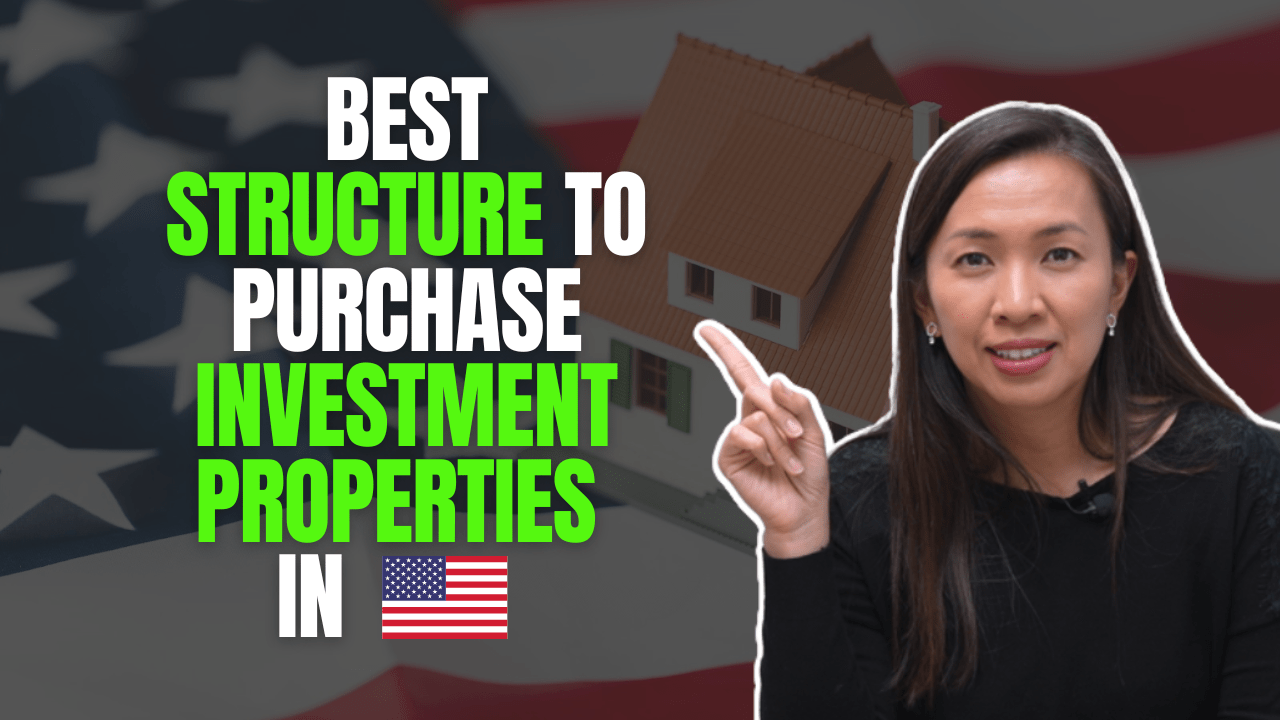Recently, I had a few discussions with clients that complained about not getting sufficient cash flow from their investment. This is  because they weren’t sure about the types of strategies that were available to them when it came to their property investment. We talked about many strategies, including the 1031 exchange process and how it could improve their investment and thus their cash flow.
because they weren’t sure about the types of strategies that were available to them when it came to their property investment. We talked about many strategies, including the 1031 exchange process and how it could improve their investment and thus their cash flow.
Cash flow may be one measure to evaluate your investment return, but you also need to take into account 2 other components:
- Mortgage paydown
- Capital appreciation of the property.
Some investors also forgot about power of leverage. I feel compelled to share this calculation below with you.
Let’s use an example to properly illustrate the calculation of investment return.
Purchase price of the property: $250,000
Downpayment: $50,000 (20% downpayment)
Closing cost: $5,000 (including legal fees and land transfer tax)
Renovation cost: $10,000 (including HST)
Annual mortgage paydown: $3,500
Monthly cash flow: $100
Annual appreciation: 5% in the neighborhood
Year 1:
You just purchased a rental property, located in a great location, close to public transit and malls. You even manage to rent it out before closing. Now closing time comes, you did your calculation, you have invested a total of $65,000 (Downpayment $50,000 + closing cost $5,000 + renovation cost $10,000).
At the end of year 1, as you are preparing your tax return, you would like to know how much return you have made. Here is the calculation –
Initial investment : $65,000
Mortgage paydown : $3,500
Annual mortgage payment including interest : $10,200
Annual cash flow (assuming rented out for 12 months) : $1,200
Total return in dollar value : $3,500 + $1,200 = $4,700
Cash on cash return : $4,700 ÷ $65,000 = 7.23%
Appreciation : ($250,000 + $10,000) × 5% = $13,000 (assuming the renovation you did only brought the value up by the cost of renovation conservatively)
Total return in $ value = $4,700 + $13,000 = $17,700
Return on investment if you were to sell it at end of year 1 : $17,700 ÷ $65,000 = 27.23%
Note that calculation above did not take into account the cost of selling the property.
What kind of investment products would allow you to make this type of return other than real estate? $100 monthly cash flow may seem like a small amount, but cash on cash return alone (just by collecting rent and paying down the mortgage) would allow you to earn 7.23% on your investment. Appreciation can bring up your return all the way up to 27.23%! This is similar to woodland investments so consider investing in some woodland for sale. Property investment can be a tricky business for those who are interested in taking it up, luckily there is information out there for those who are interested in taking up this type of investment. Ultimately, the world of property investment has come a long way in recent years. For example, an increasing number of real estate investors now consider a dedicated crm for real estate investors essential when it comes to syncing valuable company data and enhancing productivity. These are exciting times for real estate and there is no time like the present if you are considering getting involved. Just remember to do your research first to ensure that you are making the right decision for you and your finances.
Isn’t real estate amazing?!
Of course, I have to caution everyone that this calculation has not taken into account the tax cost. You do have to pay tax in this 27.23% return on investment.
Year 2:
It is year 2. Everything went on smoothly. At the end of year 2, it is time to your real estate investment again! We are using the same amount for mortgage paydown and the annual cash flow to keep things simple. So for year 2, the cash on cash return is 7.23% as well. (See cash on cash return calculation above).
But cumulatively, your cash on cash return for both years now become 14.46% (($4,700 + $4,700) ÷ $65,000).
Value of property at the end of year 2: $260,000 × 1.05 (Year 1 appreciation) × 1.05 (Year 2 appreciation) = $286,650
Total appreciation in 2 years: $286,650 – $260,000 = $26,650 (Year 1: $13,000, Year 2: $13,650)
Return on investment for 2 years combined: ($26,650 + ($4,700 + $4,700)) ÷ $65,000 = 55.46% (average per year 27.73%)
Of course, you can use the same way for calculation for Year 3 all the way to the year you decide to sell your property!
This calculation just goes on to show that you $100 cash flow may seem small, but it is not as small as you think!
If you weren’t able to borrow and choose to purchase the property all in cash, your initial investment would have been $265,000. Year 1 Cash on Cash return is 4.30% (($10,200 (No mortgage payment to pay) + $1,200) ÷ $265,000). Year 1 return on investment would have been 9.21% (($13,000 + $10,200 + $1,200) ÷ $265,000). Still not bad, just slightly lower than 27% if you were to borrow 80%.
The example above shows you the power of leverage. Because you are able to borrow to purchase the property but capitalize on the full appreciation on the property, your return is significantly higher.
And of course, the more leveraged you are, the more risk is involved, also the less your cash flow would be!
Until next time, stay warm and happy investing!
Cherry Chan, Your Real Estate Accountant





fenomenon
Are you sure that’s the correct numbers? I’d thought to calculate ROI as follows:
Starting amount: 65,000
Mortgage left after year 1: 200,000 – 3500 = 196,500
Ending amount after selling: 250,000 + 13,000 – 196,500 = 66,500
Yearly income: 1200
ROI = (66,500 + 1200)/65,000 – 1 = 4.2%
This is not considering selling cost or taxes!
Cherry Chan
Sorry for the late response, I didn’t realize that there was a question posted on this page until now.
If you take $250,000 + $13,000 = $66,500 as the sale price, then you will end up have 4.2%. return. But if you really look carefully, we included renovation cost and closing cost as part of our calculation. So your sale price should really be $250,000 + $10,000 + $5,000 + $13,000 = $278,000.
Hopefully this clarifies your concern.